1. The Atomic Energy Lab

In the 1950s, children were sold a toy that allowed them to play with real uranium, all in the name of science. The Atomic Energy Lab, sold by Gilbert U-238, came with a small Geiger counter and radioactive uranium ore for kids to experiment with. It was marketed as a fun educational tool, teaching children about the atom and radiation shares New York Post.
While the idea might sound outlandish now, the toy was sold for several years before concerns about radiation exposure arose. Not only could kids potentially be exposed to harmful radiation, but the toy was also discontinued due to its frighteningly unsafe nature. Despite its educational goal, the Atomic Energy Lab was a clear case of how dangerous some toys can be when they’re marketed without proper safety considerations adds Newsweek.
2. Lawn Darts

Lawn darts, once a popular backyard game, were designed to be thrown with a sharp, pointed tip, making them a dangerous risk for children. The metal tips could easily penetrate the skin, leading to numerous injuries, including puncture wounds and eye damage. Despite the hazards, they were sold for years as a summer activity, with little regard for safety precautions says Kool 107.9.
It wasn’t until several severe injuries were reported that the government stepped in and banned them in the 1980s. However, the nostalgic memory of these toys remains, even if the risk is now more widely acknowledged. Lawn darts were eventually replaced with safer, plastic alternatives, but the memory of their dangerous design lingers in toy history adds Country Living Magazine.
3. The Batmobile Ride-On Car
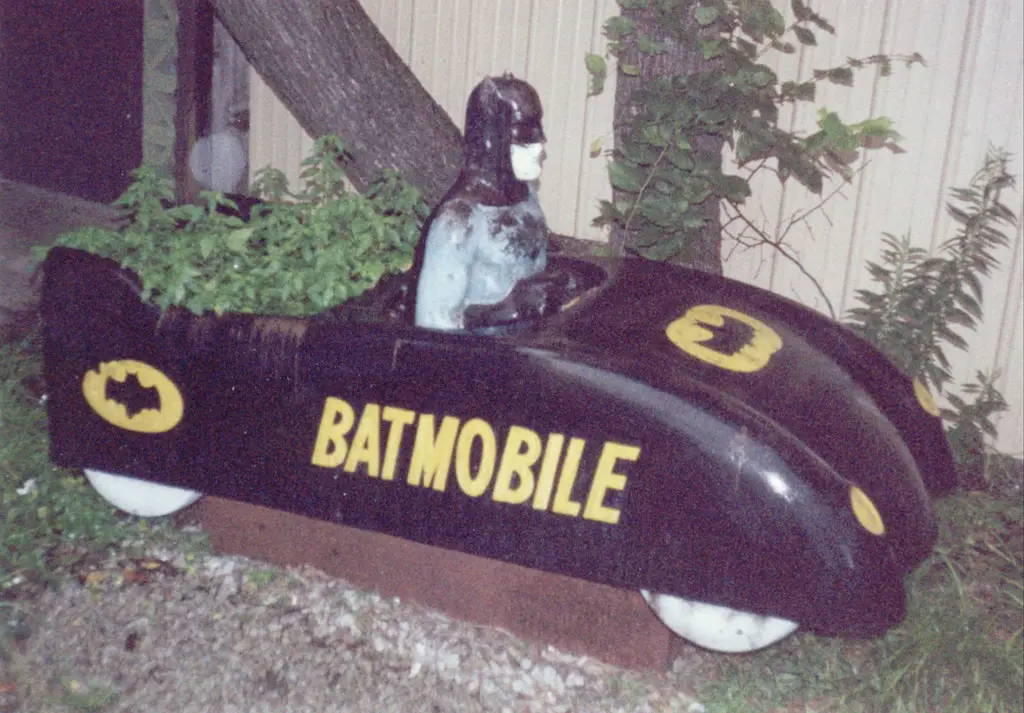
Children’s ride-on toys are often a beloved memory from childhood, but one particular model, the Batmobile Ride-On, posed more danger than fun. The toy featured a plastic body with sharp edges and a low center of gravity, making it prone to tipping over easily. The hard plastic could also cause injuries if a child fell off or collided with a hard surface.
While the Batmobile was beloved for its connection to the iconic superhero, the danger became clear when kids were seriously injured during play. After several complaints and reports of accidents, the toy was pulled from store shelves. Despite its popularity, the safety issues with this version of the Batmobile led to the production of safer, more balanced ride-on cars in the following years.
4. Easy-Bake Oven (Original Model)
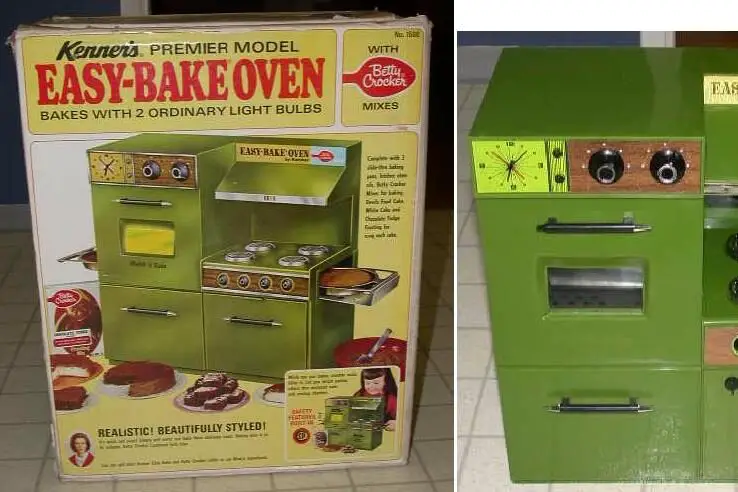
The Easy-Bake Oven has been a staple of childhood cooking for decades, but the early models were far from child-friendly. The first version, introduced in 1963, featured an actual light bulb as its heating source. While it was a fun way for kids to “bake” miniature treats, the oven posed a serious burn risk, especially since the bulb could easily reach dangerously high temperatures.
Numerous reports of children suffering burns prompted the toy’s redesign in the 1970s to improve safety features. While the Easy-Bake Oven is still a popular toy, it has since been updated with a safer heating mechanism, eliminating the dangerous light bulb element. But the original version, as innocent as it may have seemed, was a clear case of how a fun idea could become a potential hazard.
5. The Atomic “Fission” Toy
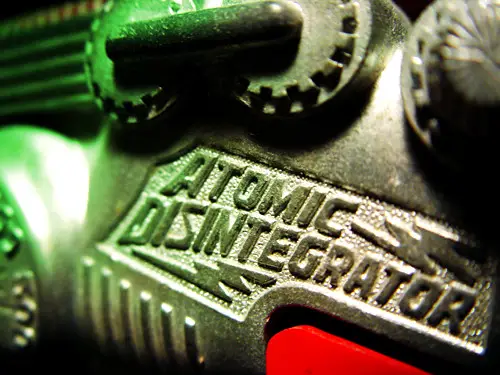
The “Atomic Fission” toy, which came out in the 1950s, promised kids the thrill of playing with atomic energy, complete with a small model of an atomic bomb. While it was marketed as a “science” toy, it lacked the necessary safety precautions for handling such sensitive themes. The toy included a small radioactive sample, which posed an obvious danger to children, especially given the lack of knowledge about radiation at the time.
Even though the toy was ultimately pulled from shelves, it is a shocking example of how marketing and curiosity about science led to dangerous products being sold. The idea of encouraging children to play with something as deadly as radiation seemed absurd even then, but it wasn’t until the backlash that the toy was discontinued. The Atomic Fission toy serves as a reminder of how far safety standards have come in toy manufacturing.
6. The Shrinky Dinks Oven
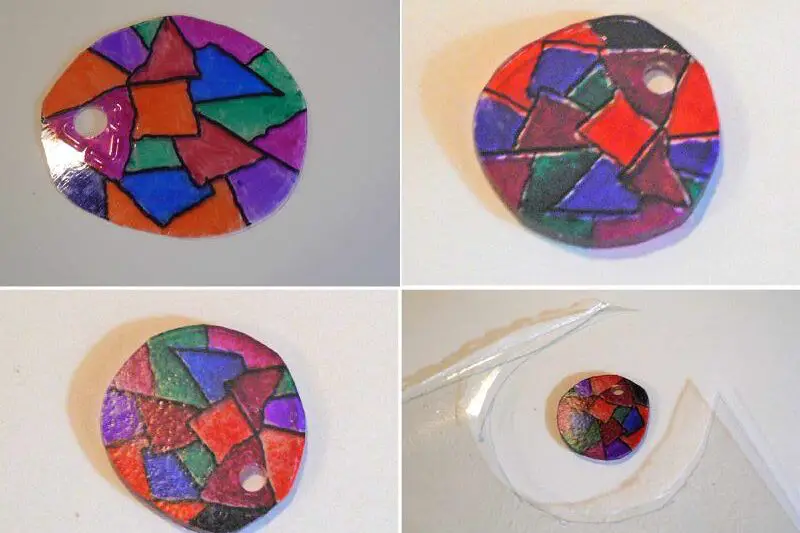
Shrinky Dinks, the beloved craft toy from the 1970s, also had its dangerous side. These colorful, plastic sheets that would shrink in the oven had to be baked at a high temperature. Unfortunately, the Shrinky Dinks oven, an accessory sold with the toy, was not equipped with proper temperature controls, often causing it to overheat and burn children.
In addition to the risk of burns, the high heat could also cause the plastic to emit toxic fumes. Despite these dangers, Shrinky Dinks were a huge hit in the ’70s and ’80s, often sold alongside toy ovens that lacked adequate safety measures. It wasn’t until reports of burns and safety violations came to light that manufacturers started making improvements to the toy’s design and safety features.
7. The Rocket Firing Boba Fett
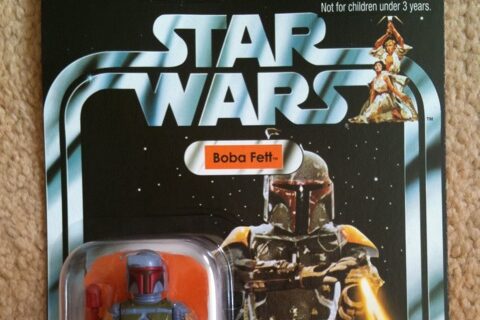
The original version of the Star Wars Rocket Firing Boba Fett figure was discontinued in the late 1970s after it was found to be a choking hazard. The figure came with a rocket that could be launched from its backpack. However, the rocket was small and easily detachable, posing a risk of suffocation or choking for young children.
Despite being one of the most coveted toys of the era, the rocket-firing mechanism was deemed too dangerous. The Boba Fett figure was quickly pulled from production, but not before a few had made it to collectors’ shelves. Even though these rare figures are worth a lot today, their dangerous design remains a lesson in the importance of toy safety.
8. Sky Dancers
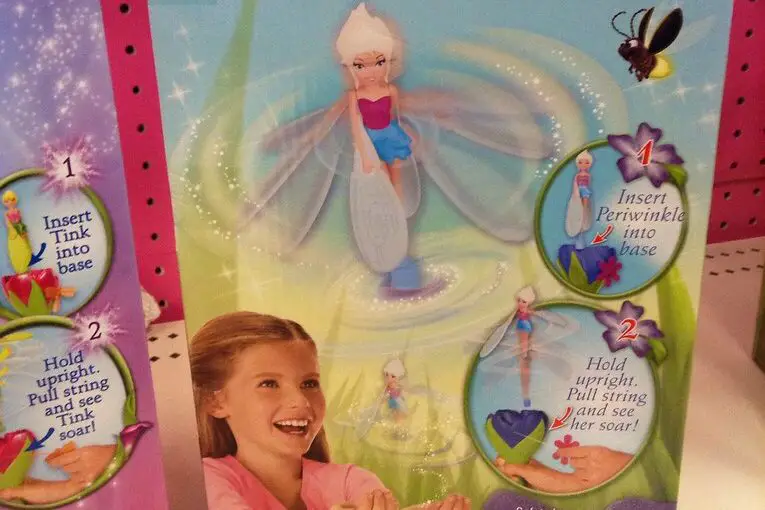
Sky Dancers were colorful, flying toys marketed to young girls in the ’90s, designed to spin through the air when you pulled a string. While they seemed innocent enough, they were equipped with hard plastic wings and were capable of injuring children if they flew in the wrong direction. A few kids suffered injuries from being hit by the toys, and the toy was eventually pulled from shelves.
Despite warnings from concerned parents and safety experts, Sky Dancers remained a popular item for several years. Their popularity, however, didn’t outweigh the growing concerns about safety. Eventually, they were recalled, and the company began offering a safer version, but the damage had already been done.
9. Clickity Clack Balls
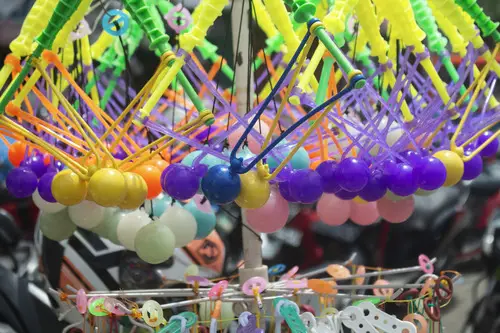
Clickity Clack Balls, sometimes referred to as “clacker balls,” were a popular toy in the ’70s and ’80s. They consisted of two hard plastic balls connected by a string, which children would swing together to make a clicking sound. Unfortunately, the balls were made of hard, heavy plastic, and when the string broke, the balls would fly off, often causing injury to eyes or other parts of the body.
Despite their fun noise and simple design, Clickity Clack Balls were banned after several reports of eye injuries. Their dangerous design highlighted how toys could seem harmless but, in reality, were quite risky for children. Thankfully, the toy was discontinued, and safer alternatives were introduced.
10. The Cabbage Patch Dolls (Original Models)
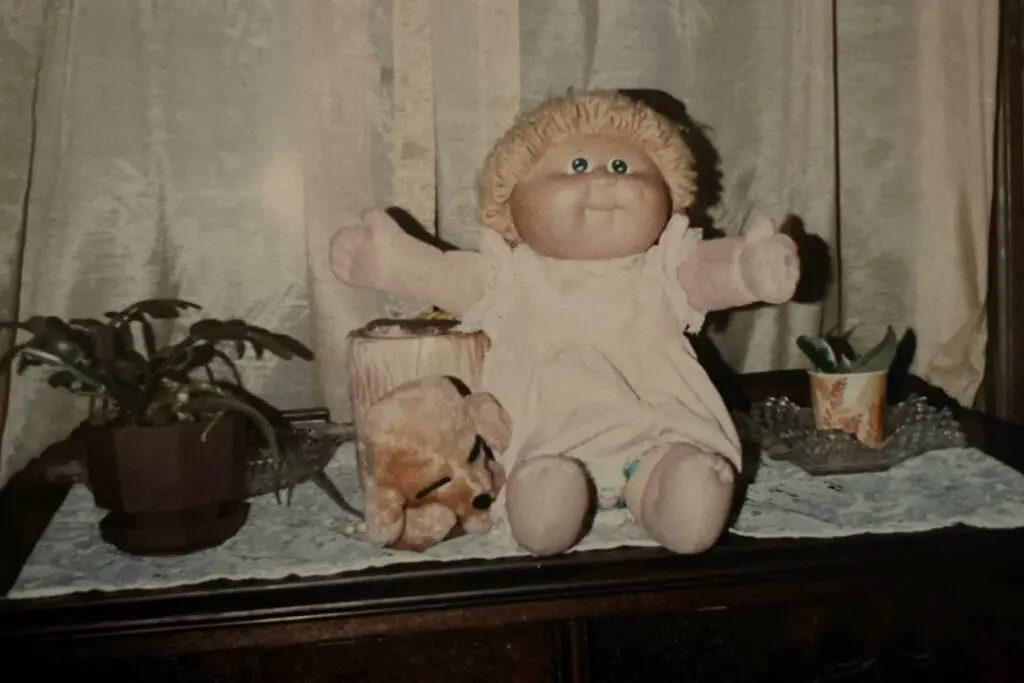
In the 1980s, Cabbage Patch Dolls were one of the most popular toys on the market, but they came with an unexpected danger. The dolls were sold with soft bodies and unique faces, but some early versions were made with hard plastic heads. These heads were prone to detaching, which could cause a choking hazard, especially for younger children.
Beyond the choking risk, the early Cabbage Patch Dolls also had small plastic eyes that could easily pop out if not handled carefully. After reports of injuries, the company had to revise their designs, ensuring that the dolls were safer for children. While they became iconic toys, the original models showed how even the cutest trends could have hidden dangers.
11. The Climbing Monkey
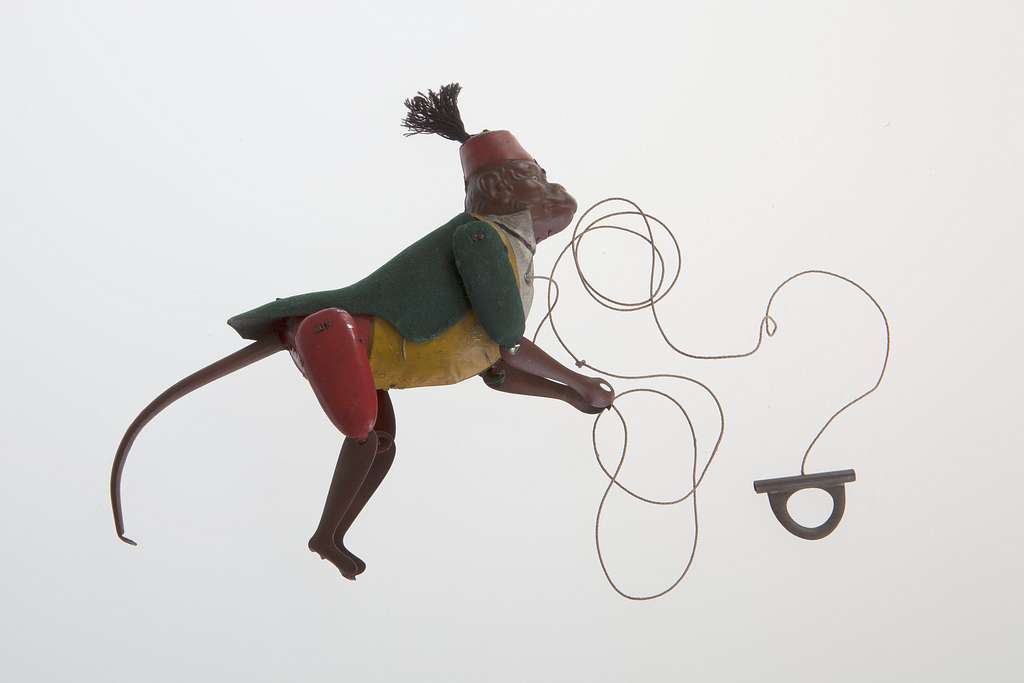
The Climbing Monkey, a toy that became popular in the mid-20th century, was designed to climb a string or cord when wound up. It seemed innocent enough, but the mechanism inside the toy was extremely dangerous. The toy’s gears could easily break off and become loose, posing a choking hazard for younger children.
On top of that, the material used to make the toy was cheap, and in some cases, it was made of sharp metal parts that could cut or injure a child. Though it was marketed as a fun and entertaining toy, the Climbing Monkey was eventually discontinued due to these safety concerns. The toy became a cautionary tale about how intricate mechanical designs could create more risk than fun for young kids.
12. The Hula Hoop (Original Metal Version)

The original metal hula hoops, introduced in the 1950s, were a far cry from the plastic versions kids play with today. Made from metal, these hoops could cause serious injuries if they were flung around too quickly or collided with the wrong part of the body. The hard metal edges could easily cause cuts, bruises, or worse, leading to their eventual redesign.
Though the hula hoop became an iconic toy, the earlier version’s dangerous design was quickly phased out. Today’s plastic versions are much safer, but the original metal hula hoop serves as a reminder of how toys evolve over time for safety.
13. The Magic 8-Ball (Original Version)
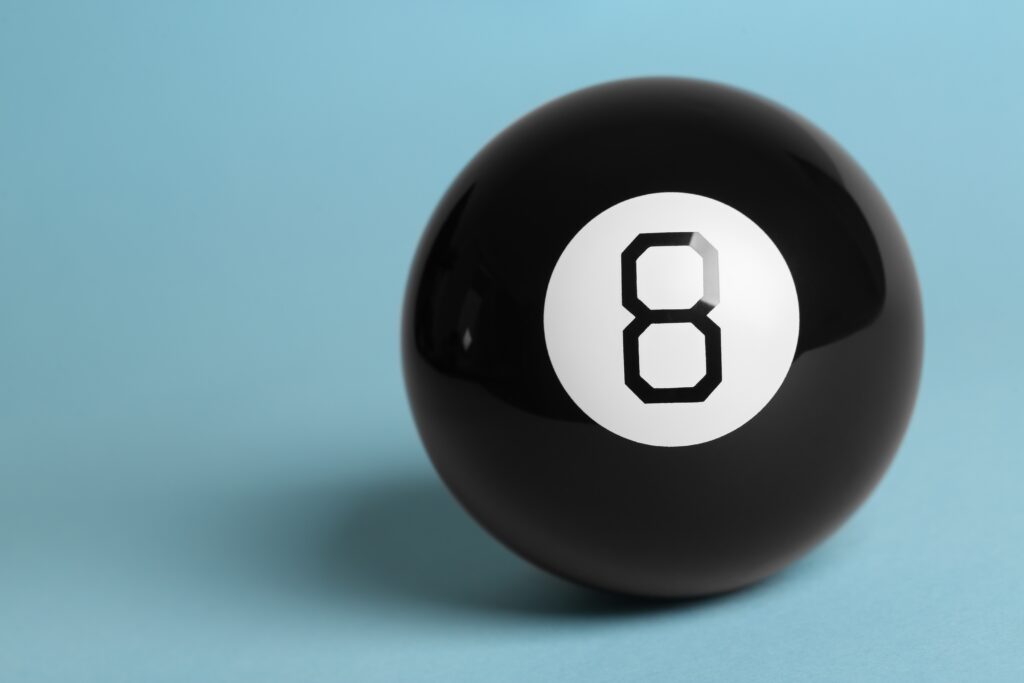
The Magic 8-Ball, a beloved toy that promised to predict the future, was a fun novelty for kids. But the original version posed some serious safety risks. Inside the ball was a liquid that contained a small metal object, which could easily leak if the toy broke or cracked. The liquid inside the ball was also toxic, and if the ball broke open, the contents could be hazardous to children.
Though the toy was widely popular and continued to be a favorite for fortune-telling games, it wasn’t until the ’70s that safety concerns led to redesigns. Modern Magic 8-Balls are much safer, with non-toxic materials replacing the potentially harmful liquid inside. However, the original design serves as a reminder of how even the most innocent toys can pose unexpected dangers.
